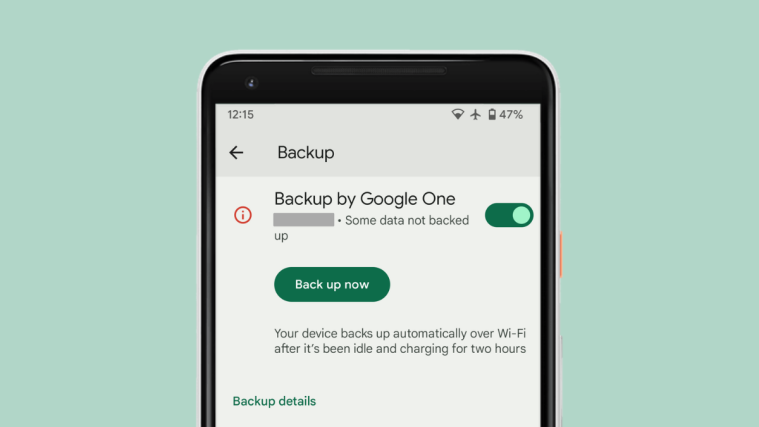Before proceeding to download and install a firmware on your OnePlus 3, you must know the difference between ROM, OTA, and signed ZIP. That’s relevant for you and helps you in flashing only nice things on your OnePlus 3.
Well, ROM is a firmware file, a full OS, while OTA is an incremental update — thus very small in size compared to ROM — which needs an exact base version pre-installed. You can install the ROm over any version.
With OnePlus devices, because of extended support provided by the OnePlus team, you can use even TWRP recovery besides usual Stock recovery to flash ROM and OTA, but you need to be unrooted first. We’ve covered that in the guide below, so just the whole post before actually flashing anything on your OnePlus 3.
Warning!
Warranty may be void of your device if you follow the procedures given on this page. You only are responsible for your device. We won’t be liable if any damage occurs to your device and/or its components.
Backup!
Backup important files stored on your device before proceeding with the steps below, so that in case something goes wrong you’ll have a backup of all your important files.
Downloads
- Full ROM (Signed ZIP) – OxygenOS 5.0.6 [Android 8.0 Oreo]
How to Install OnePlus 3 Firmware
Method 1: Using device storage
Step 1. Download the update file (either OTA or Full) from above.
Step 2. Transfer the downloaded update file to your OnePlus 3. Remember its location. (You can also download the update directly on phone, in which case, it should be in the download folder.)
Step 3. Boot your OnePlus One into recovery mode:
- Power off your OnePlus 3. Wait for 6-7 seconds after screen goes off.
- Press and hold Power + Volume up together until you see anything on the screen.
- Use volume buttons to bring up Recovery mode option at the top of the screen.
- And then press the Power button to select recovery mode option. That’s it you’ll boot into recovery mode.
Step 4. Install the update. Use the instruction for your recovery.
- In 3e recovery, use volume buttons to navigate to ‘install update ..’ option and then press the power button to select it.
- Now, select the update file that you transferred to OnePlus 3 in step 2 above. Confirm this and Oxygen OS 2.0.1 update will be installed on your device.
→ If OTA update doesn’t install using the above method, just use the full ROM file, it should install without problem.
Step 5. The update will start installing, so just wait until that is finished. When it’s done, you will be back in recovery’s homescreen.
Step 6. Select ‘Reboot system now’ to restart your OnePlus 3.
That’s it.
Method 2: Using ADB Sideload
Note: Again, you’ll need a stock recovery.
Step 1. Setup ADB and Fastboot on your PC.
Step 2. Download the OTA update .zip file on your PC and rename it to ota.zip.
Step 3. Enable USB debugging:
- Go to your phone’s settings » About phone » and tap “Build number” Seven times. This will enable Developer options on your phone.
- Now go to Settings » Developer options » and tick the USB debugging checkbox.
Step 4. Connect your OnePlus 3 to PC.
Step 5. Now open the folder on PC where you downloaded the ota.zip file and then open a command window inside the folder. To do that, do a “Shift + Right click” on any empty white space inside the folder and select “Open command window here” from the context menu.
Step 6. Now issue the following window to command window to reboot your device into recovery mode:
adb reboot recovery
└ Check your phone’s screen, if it’s asking for “Allow USB debugging”, accept it by selecting OK/Yes.
Step 7. Once in recovery mode, use Volume buttons to navigate up and down between options and Power button to select an option.
Step 8. Select the “Install from USB” option. on the device,
Step 9. Now issue the following command to finally begin installing the OTA:
adb sideload ota.zip
└ This will begin the OTA installation.
Step 10. Once the OTA zip is installed, select reboot from the main menu of recovery to restart the device.
That’s it. You successfully installed the update.
Need help? Let us know via comments below.





